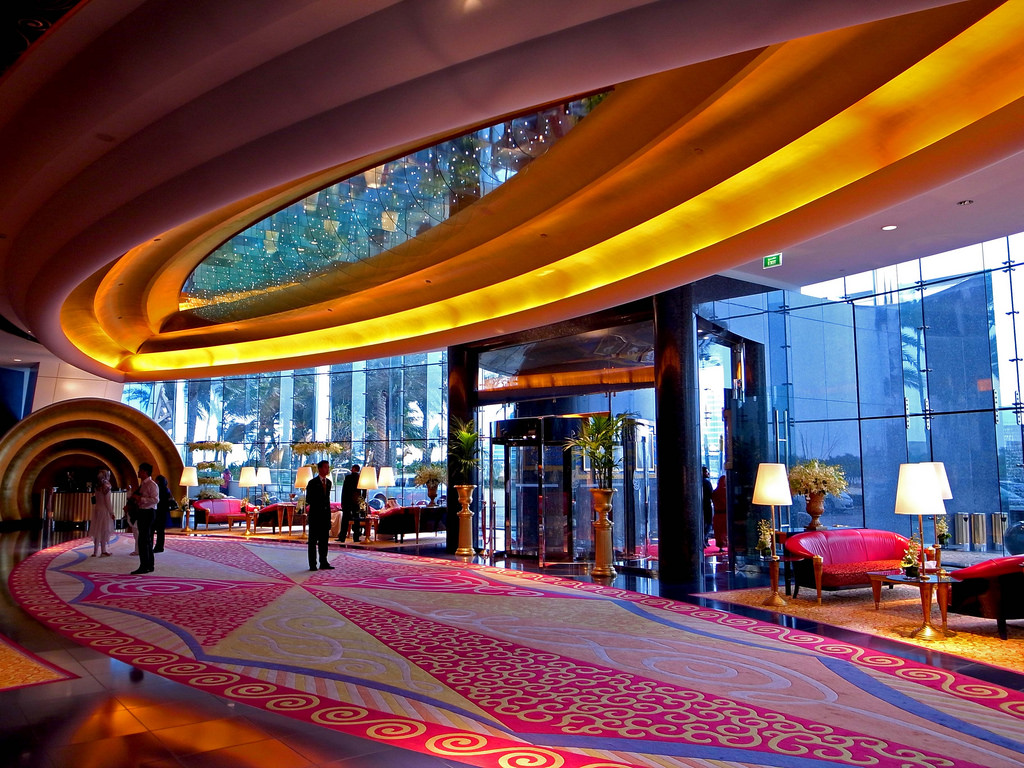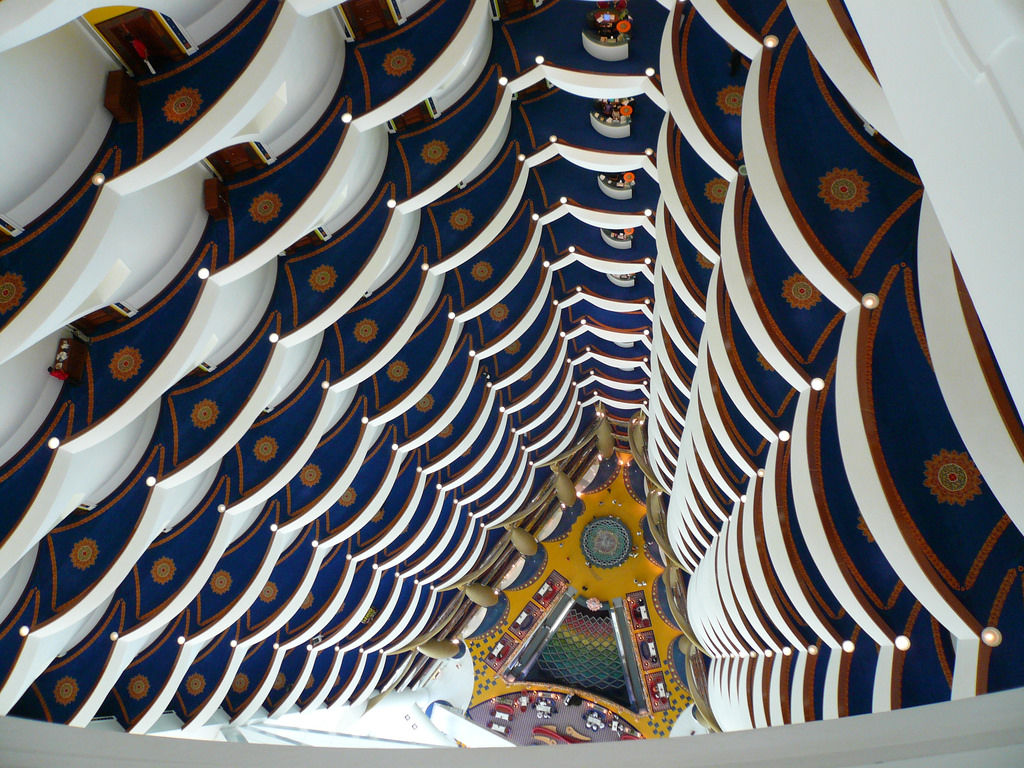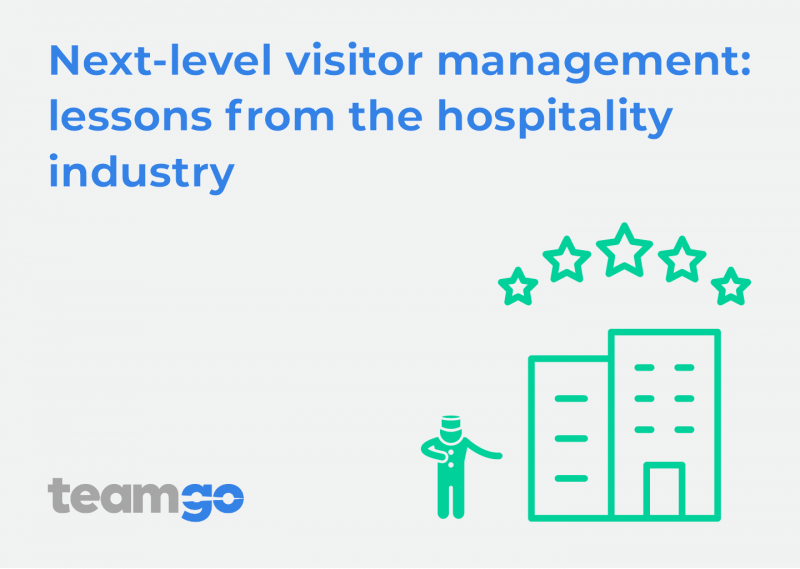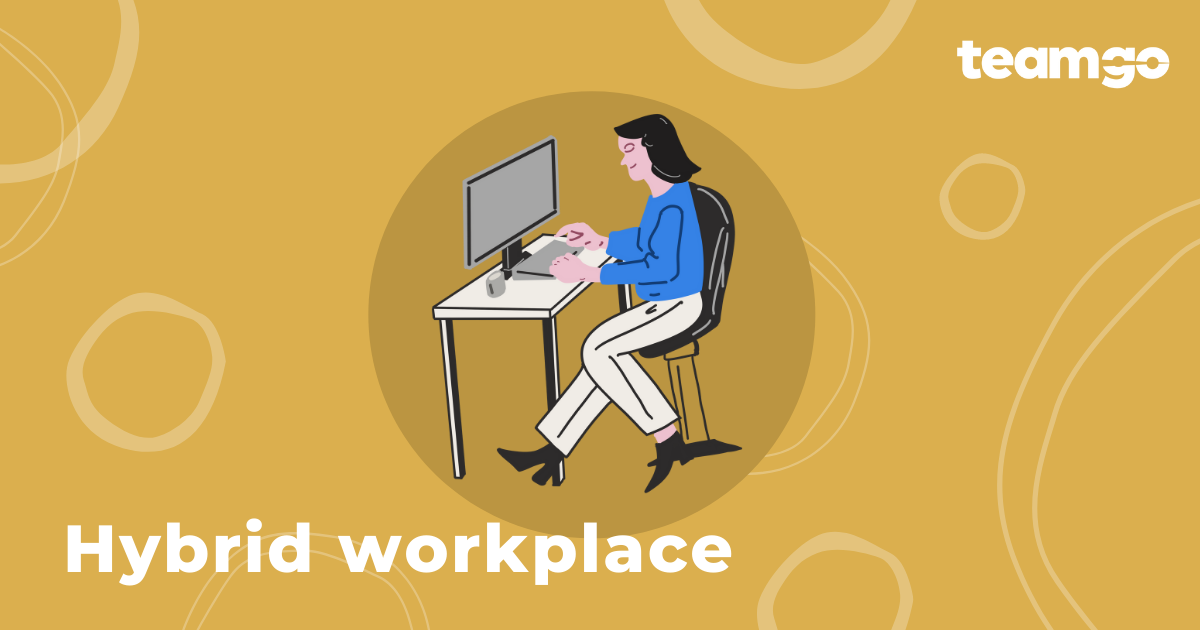What sets the difference between a top-notch and a mediocre hotel? The question may seem complicated, but the answer is actually quite simple. The real difference lies in providing added value through service quality, and that basically comes down to visitor management. Just think about it. Whenever you go to a hotel, everything is about making you feel welcome, appreciated and cared for.
But, you might be asking yourself “what does the corporate world have to do with hospitality?” Well, hospitality is an extremely customer-centric industry. Understanding customer needs, behaviours, preferences and anticipating them, can define whether hotels will make it or break it. And why shouldn’t business adopt the same practice? At the end of the day, business is ultimately about creating and preserving relationships with customers, suppliers, partners, investors and the community in general.
Like at a hotel, a company’s relationship with their visitors begins at the reception, and no matter what people say, first impressions do matter. That initial interaction can set the tone to the visitor’s entire experience. And that’s where technology comes in.
 Burj Al Arab, the world’s only 7 star hotel
Burj Al Arab, the world’s only 7 star hotel
There are great pieces of tech out there that give us the ability to streamline work processes, making them easier and quicker. iPad Visitor Management Software, for example, allowed offices to ditch the old paper book, making visitor sign in and out effortless. However, people tend to rely on technology too much. They “lean” on it, instead of using it as support to “hold them upright”, and that takes away the human touch.
So, what can the corporate sphere learn from hospitality to avoid that?
1. A warm welcome
When someone comes into your house, do you give them an energetic hello or do you just glance at them and point to an iPad? A warm and sincere greeting can lead to a memorable visit and create a positive perception of the company. It is one of the most important aspects of the visitors’ experience, and first-rate brands in hospitality even survey their guests to assess it.
2. Raise your eyes from the screen
Can you recall ever reciting your personal information to a receptionist, who furiously typed away, never raising their eyes from the screen while you awkwardly waited? Now that Visitor Management Software can take care of that, freeing up time, receptionists should take the opportunity to make eye contact and verbally engage with the visitor. That helps create a bond between company and visitor.

Burj Al Arab, the world’s only 7 star hotel
3. Use the visitor’s name
Receptionists should call visitors by their name whenever possible. Narcissistic or not, people enjoy hearing the sound of their own name. That makes them feel valued and looked after. To top it off, it adds a genuine quality to the encounter, making the receptionist sound more sincere and enthusiastic.
4. Be empathetic
Maybe the visitor was stuck in traffic for hours. Maybe they’re late for a meeting. Maybe they didn’t have time for their morning coffee. Now, I know that’s not your problem, but you should make it your problem. Put yourself in your visitor’s shoes and try to see the situation from their perspective. That’s going to provide you with insights which will help to navigate the situation smoothly. Maybe offer them coffee? Make them feel relaxed.
5. Personalise the service
As a general rule, people rate their visit as excellent if they feel they received more value than expected. That can be done by shaping the experience around the individual. Try to find out what they like to drink. Or what newspaper they read. Modern Visitor Management Software will let you add notes to visitor profiles, so the next time they come to the office you can be better prepared. Personalised treatment makes people feel special and can go a long way, especially if they’re VIP’s.

Burj Al Arab, the world’s only 7 star hotel
Let your receptionists focus on visitor experience, Teamgo will do the rest!







